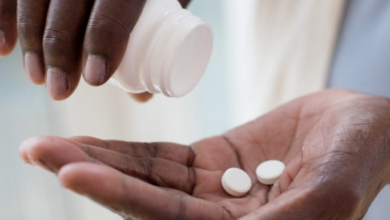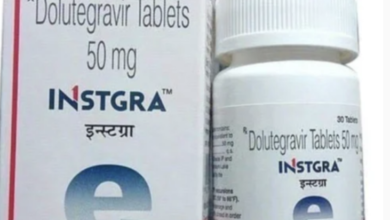“Skin Conditions in People with AIDS: Importance of Early Detection and Management for Improved Quality of Life”

People with AIDS face a higher susceptibility to skin conditions due to weakened immunity, manifesting earlier than systemic diseases, according to experts. Skin problems, such as sarcoma, thrush, and herpes, are common as various germs exploit the compromised immune system.
AIDS
Dermatologist Dr. Avinash Jadhav from Ruby Hall Clinic, Pune, emphasized that recognizing characteristic skin lesions associated with HIV can aid in early diagnosis. Approximately 90% of individuals living with HIV experience skin problems at some point in the disease progression, with manifestations like rashes appearing within the first two months after contracting the virus.
Common skin diseases linked to HIV/AIDS include unusual or non-responsive STDs (molluscum contagiosum, warts, syphilis, herpes genitals, chancroid), oral and genital candidiasis, crusted scabies, and inflammatory skin disorders (seborrheic dermatitis, eosinophilic folliculitis). Neoplastic conditions like lymphoma and Kaposi sarcoma are also observed. Dermatological examinations, coupled with blood investigations, play a crucial role in confirming HIV infection.
Regular check-ups with dermatologists are emphasized for individuals with chronic and recurrent skin diseases, facilitating the diagnosis of HIV/AIDS and the initiation of appropriate treatment. Early detection and management of skin diseases contribute significantly to enhancing the overall quality of life for people living with HIV.
Aside from skin conditions, other symptoms of HIV infection progress through three stages, with manifestations such as headache, fatigue, muscle pain, sore throat, swollen lymph nodes, and fever. Timely treatment is crucial to preventing further deterioration of the immune system.




